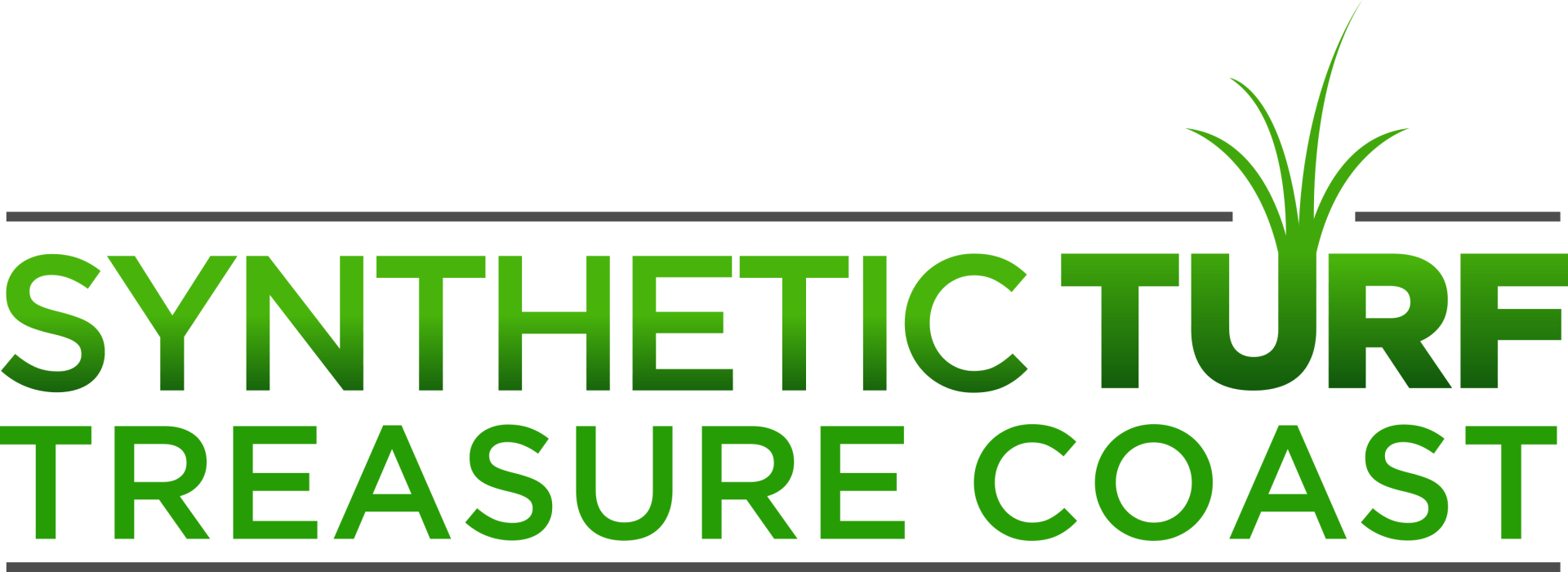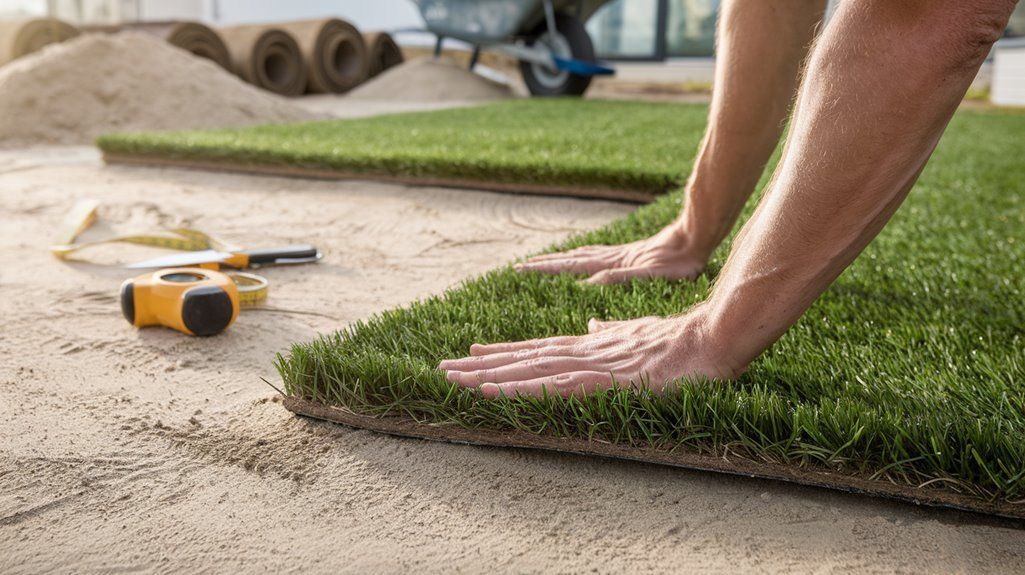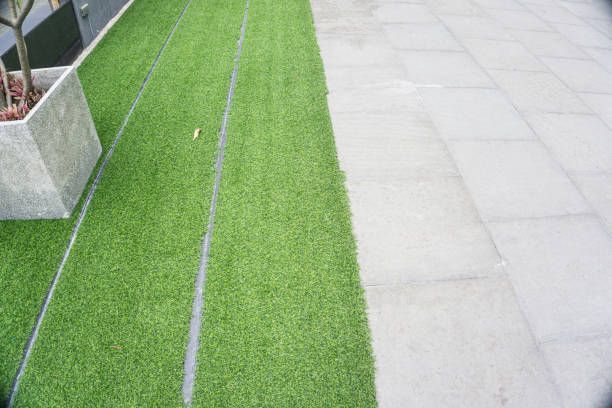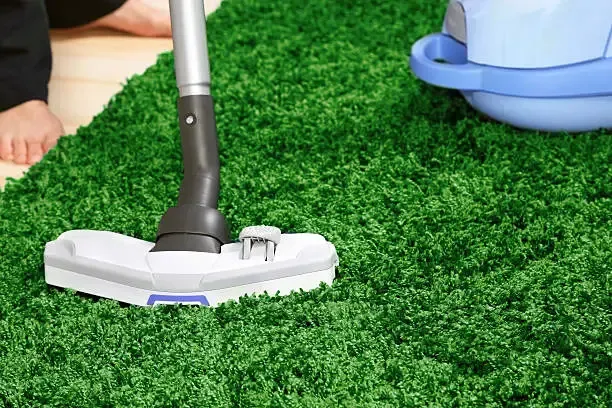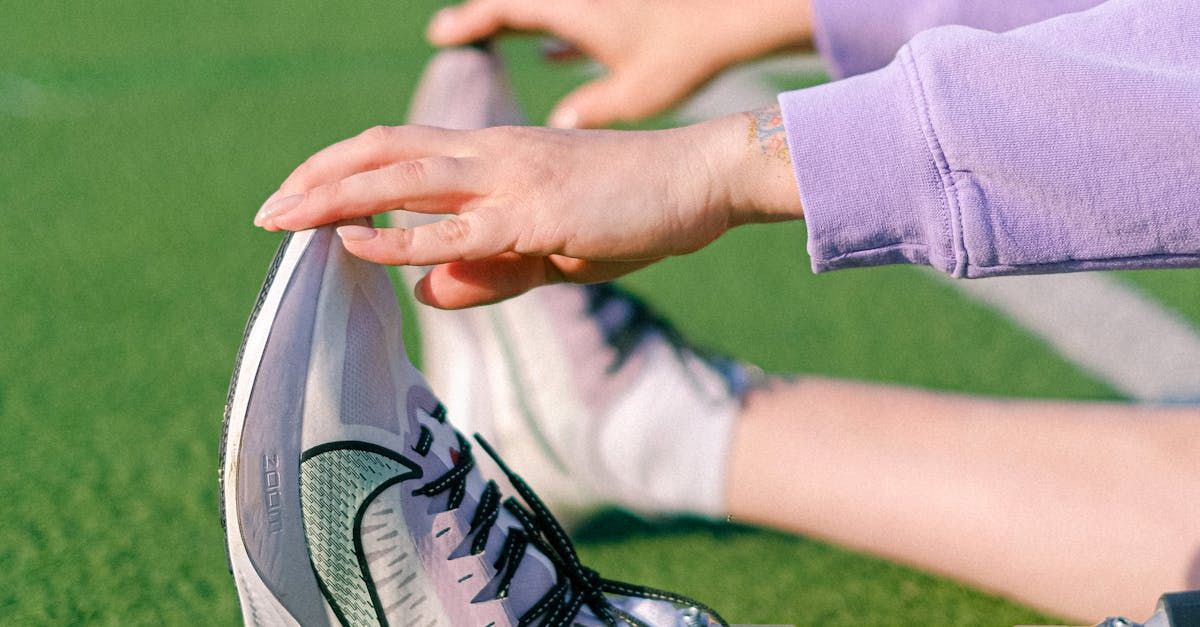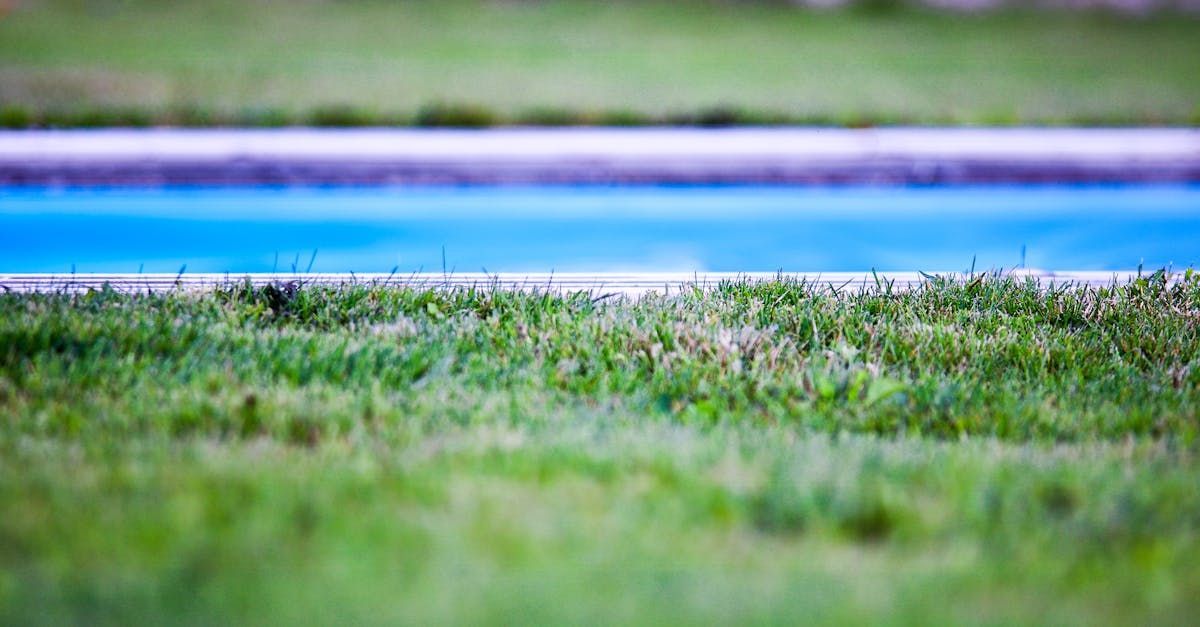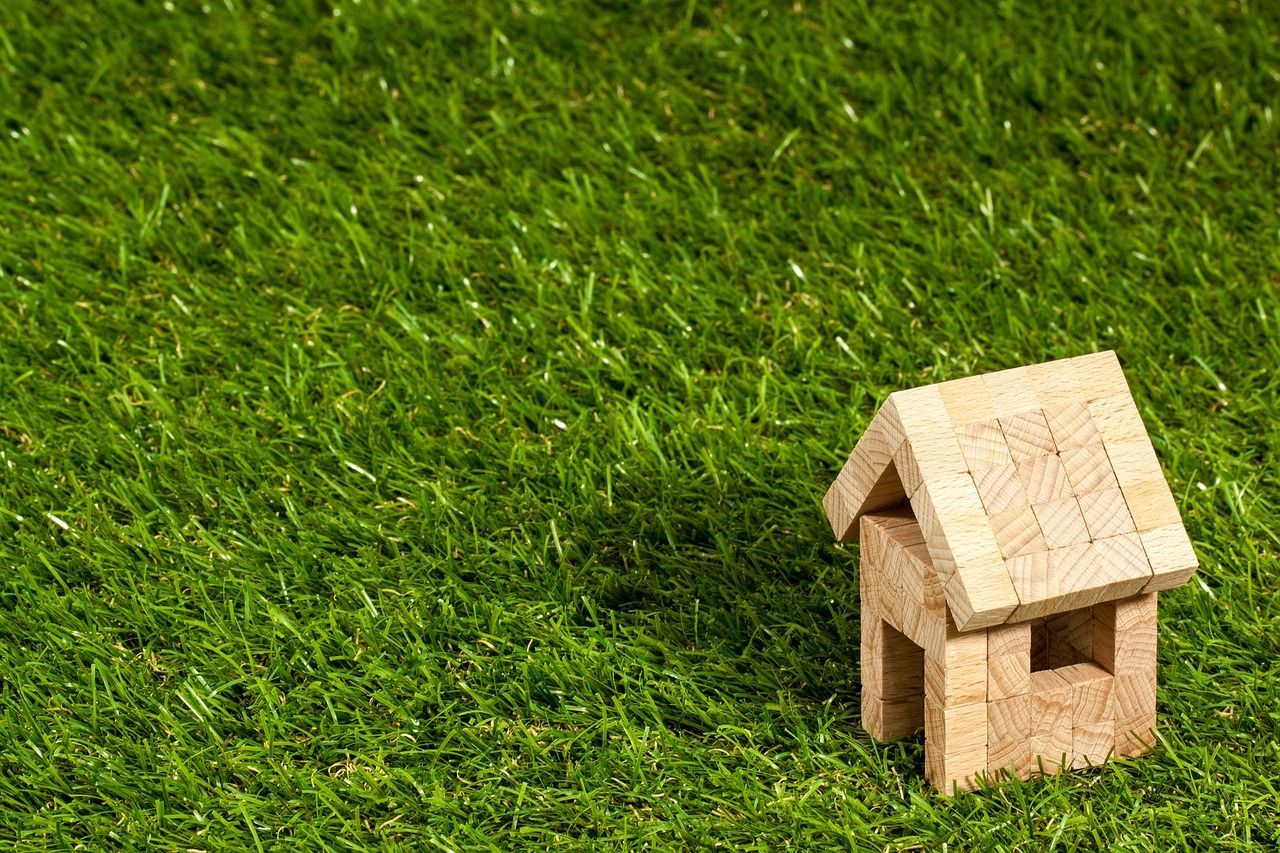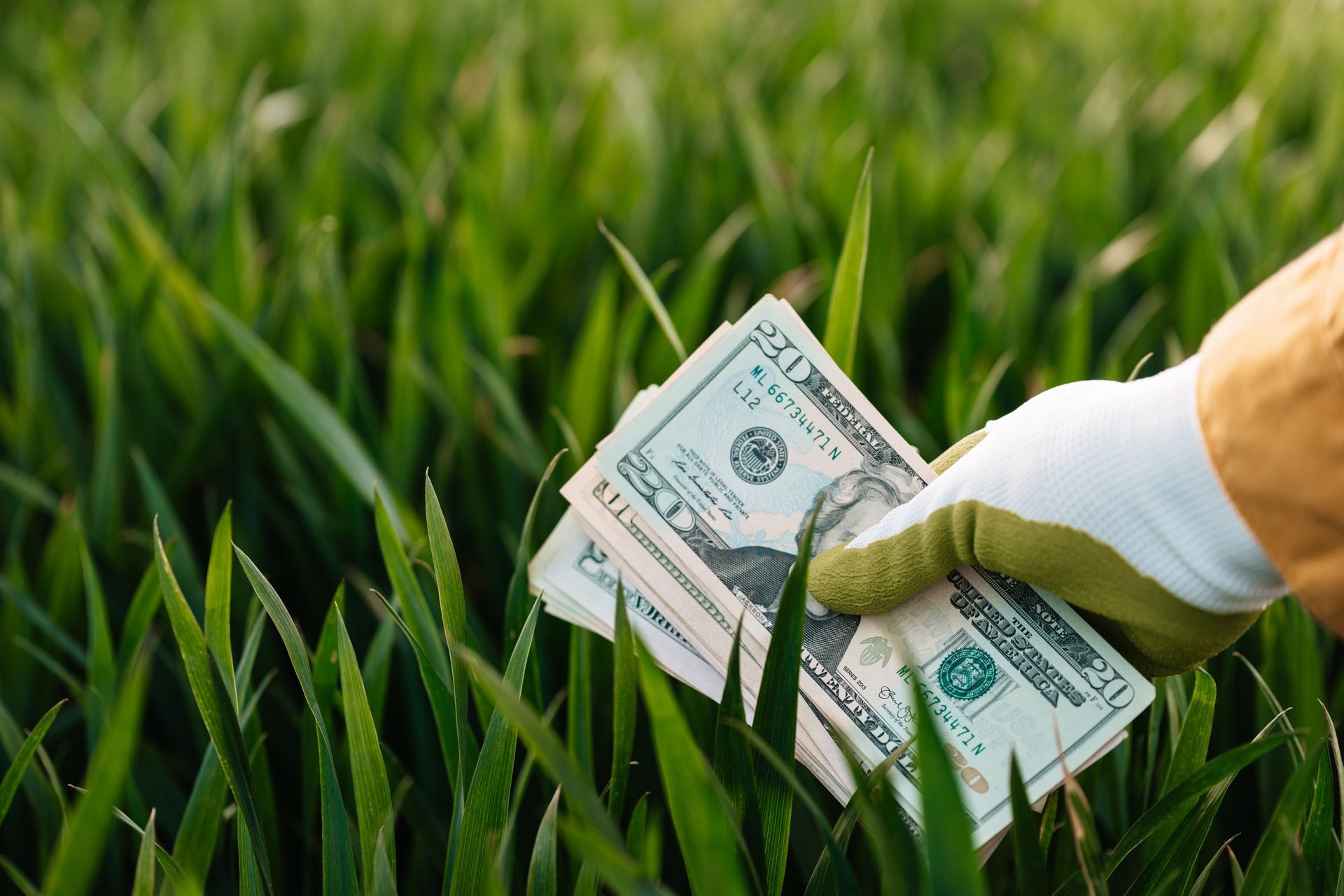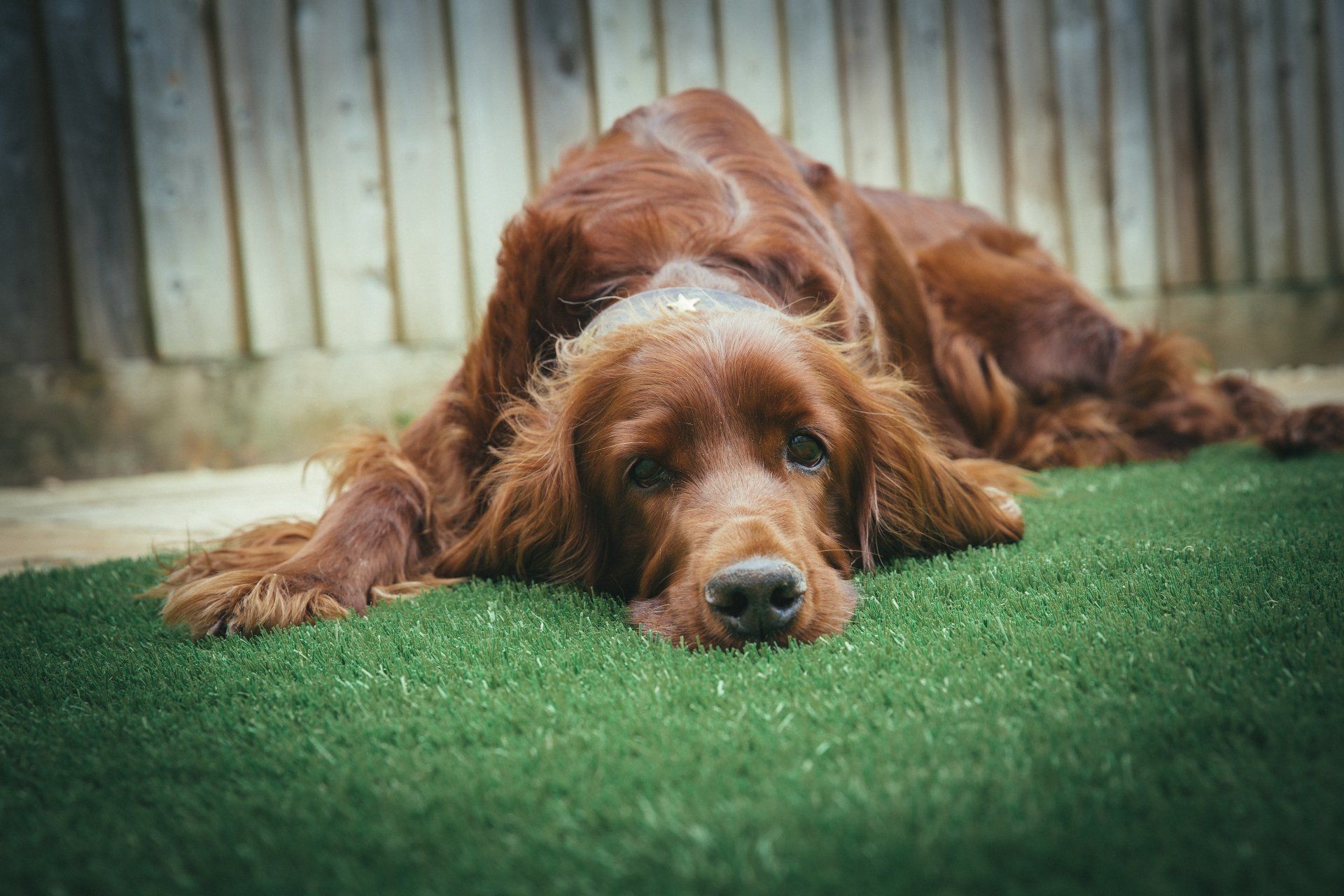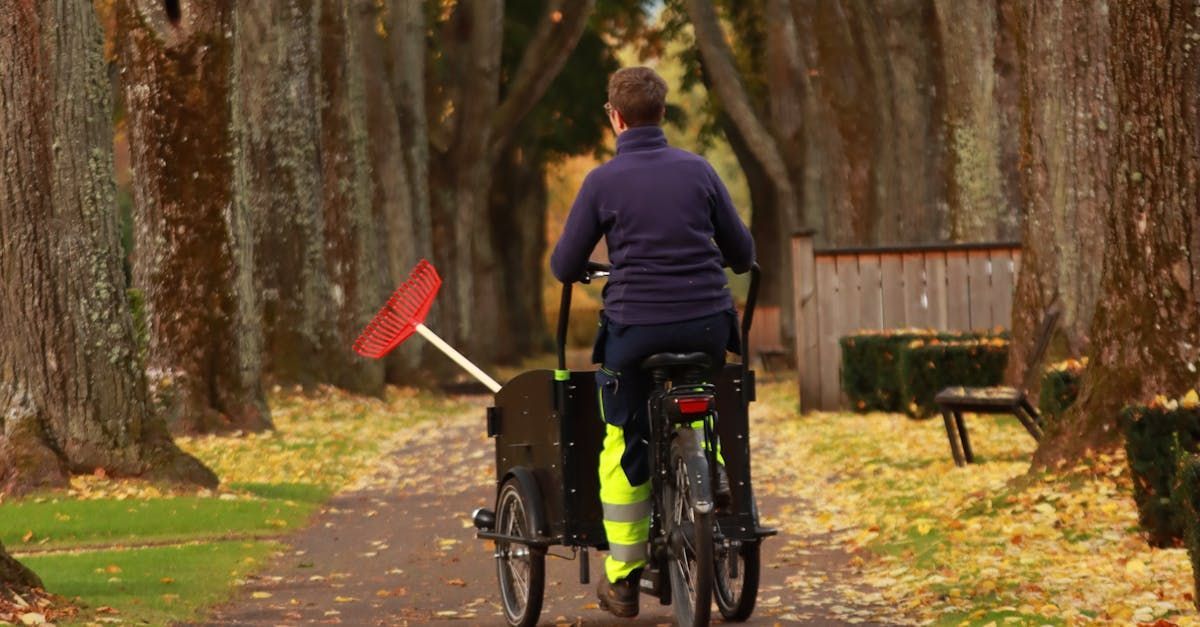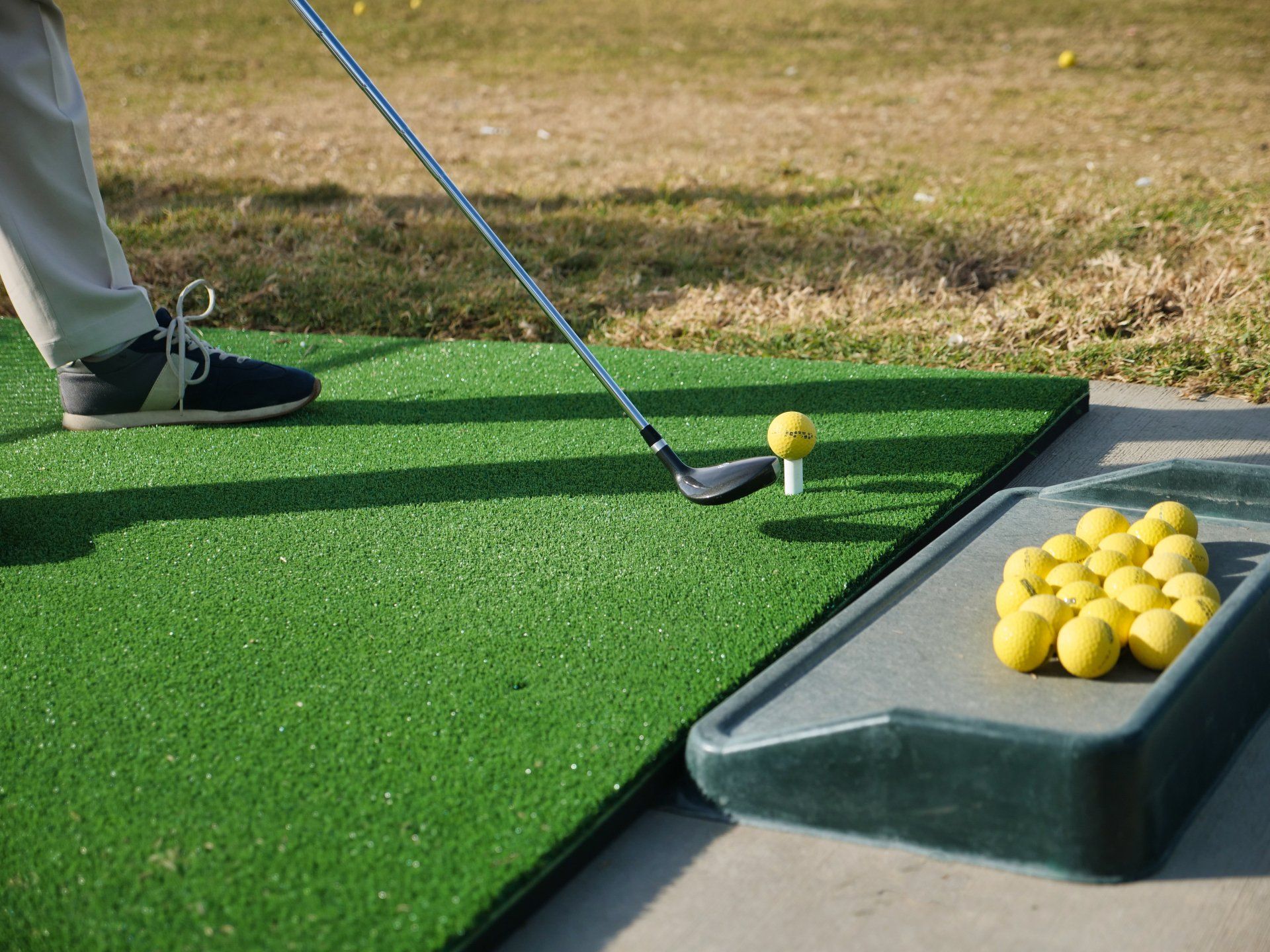How to Install Artificial Grass Near Trees: Does Artificial Turf Hurt Tree Roots?
Installing
artificial grass in florida near trees is becoming increasingly popular as an alternative to natural grass. Artificial grass is low maintenance and requires no mowing or fertilizing, making it an attractive option for homeowners tired of maintaining a traditional lawn. But while artificial grass may be an attractive option, some homeowners may be concerned about its potential impact on nearby trees' health.
What are the Benefits of Artificial Grass?
There are several advantages to using
artificial grass florida. They include;
1. No Maintenance
One of the most significant advantages of artificial grass is that it requires no maintenance. Artificial grass does not need to be mowed, watered, weeded, or fertilized as natural grass does, which saves time and money. Artificial grass is also much easier to clean, as it does not require any harsh chemicals or other products to keep it looking fresh and vibrant. The only maintenance required for artificial grass is occasionally brushing it to keep it looking its best.
2. Reduced Water Usage
Another advantage of using backyard turf is that it helps to reduce water usage. Natural grass requires significant water to stay healthy and green, but artificial grass does not need water. It not only saves money on water bills but also helps to reduce water waste and conserve resources.
3. Improved Drainage
Artificial grass also offers improved drainage compared to natural grass, as it is made of synthetic fibers designed to allow water to drain quickly and efficiently away from the surface. It is especially beneficial when flooding is a concern, as artificial grass will not become waterlogged or soggy as natural grass would.
4. Durability
Unlike natural grass, artificial grass is highly durable and can withstand heavy foot traffic without damage or wear and tear. It is ideal for areas with high foot traffic, such as sports fields and playgrounds, as it will not become damaged or worn down over time.
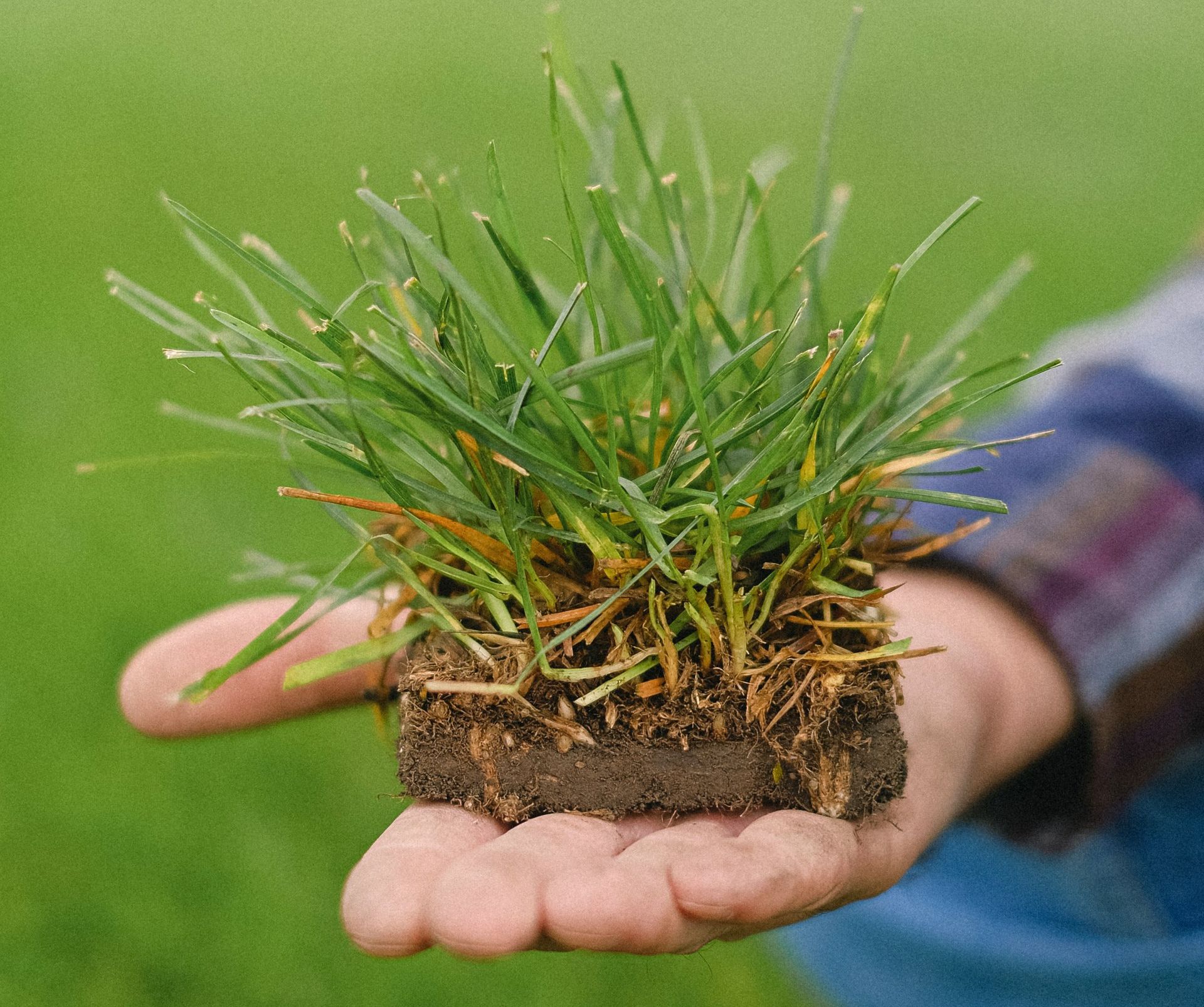
5. Safety
Artificial grass is also much safer than natural grass, as it contains no sharp objects or debris that could cause injury. It makes it a great option for areas where children or pets are present, as there is no risk of them being injured by sharp objects. Artificial grass is also slip-resistant and does not become muddy or slippery when wet, making it a safer option for areas where people may be walking or running.
What are the Steps for Installing Artificial Grass Near Trees?
One of the advantages of artificial turf is that it is easy to install. The other benefit of artificial turf is all the money saved by not having to water, fertilize, mow, or treat the lawn for pests, weeds, and diseases. Chemical herbicides and pesticides we use on our lawns can be damaging to trees, ornamental plants, and beneficial insects. Mowing and weed whacking can also damage tree trunks and roots, leaving them with open wounds that can let pests and disease in.(1) There are a few steps to follow when installing artificial grass near trees to get the best out of them:
Step 1: Inspect the Tree
The first step in installing artificial grass near trees is to inspect the tree for any damage or pests. Take a look at the tree's leaves, trunk, branches, and roots to make sure that there are no signs of disease or insect infestations. If any signs of damage or pests are present, contact an arborist for advice on treating the tree best.
Step 2: Measure the Area
Once the tree has been inspected, it is time to measure the area where the artificial grass will be installed. Measure the length and width of the site, as well as the depth of any existing soil. It will help any person determine the amount of artificial grass needed for the project.
Step 3: Prepare the Area
The next step is to prepare the area for installation. Remove any existing grass or vegetation and any rocks or debris. Then, use a rake or shovel to level the soil. Make sure the ground is manageable, as this can make it difficult to install the artificial grass.
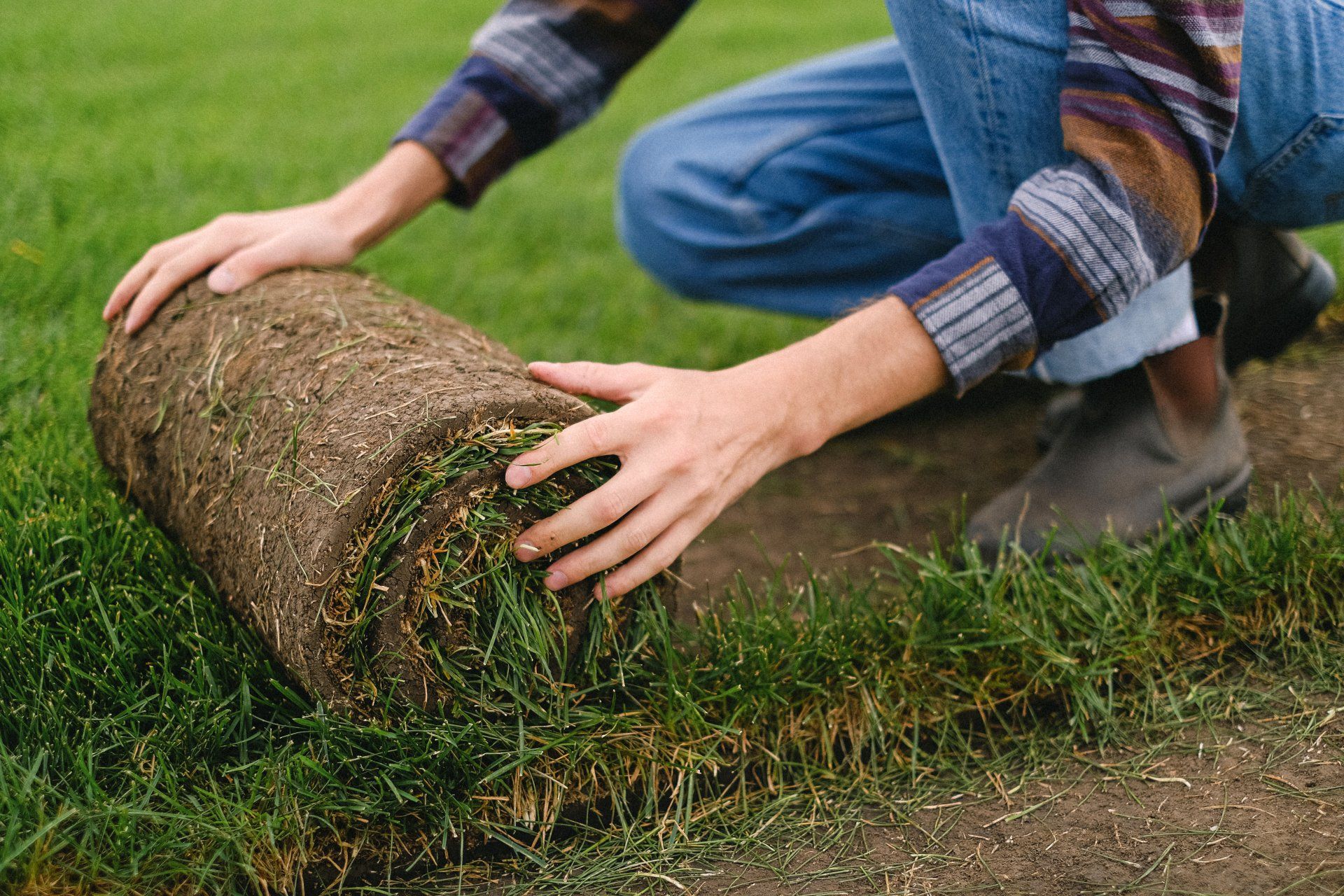
Step 4: Install the Base Layer
Once the area has been prepared, it is time to install the base layer. This layer is made up of a mixture of sand and gravel, which will help to provide a stable base for the artificial grass. Use a rake to spread the mixture evenly over the area.
Step 5: Install the Artificial Grass
The next step is to install the artificial grass. Start by cutting the grass to the desired shape and size. Then, roll out the grass and press it into the base layer using a roller. Make sure to trim any excess grass along the edges.
Step 7: Install the Edging
The final step is to install the edging. It will help to keep the artificial grass in place and prevent it from shifting or moving. It is important to use a durable edging material to withstand the elements
Does Artificial Turf Hurt Tree Roots?
There is debate about whether artificial turf can hurt tree roots. On the one hand, synthetic turf can be installed over tree roots without damaging them because it does not require heavy machinery or deep digging. Furthermore, the root barrier can help protect the tree roots from being damaged by artificial turf. On the other hand, some experts argue that installing synthetic turf can cause soil compaction, which can damage or even kill tree roots. In addition, installing artificial turf can make it difficult for tree roots to access water and nutrients, which can also be detrimental to the tree's health.
Conclusion
Installing artificial grass near trees can be a great way to reduce the amount of maintenance required to maintain a lawn. However, it is important to take the necessary steps to ensure that artificial grass installation does not damage or kill the tree roots. It includes preparing the area, installing the artificial grass, securing the turf, installing the edging, installing a weed barrier, installing a root barrier, installing the infill, and adding fertilizer. It is also important to consider whether or not artificial turf can hurt tree roots, as some experts argue that it can cause soil compaction and make it difficult for tree roots to access water and nutrients. Ultimately, it is up to the homeowner to decide whether or not installing artificial grass near trees is the right choice for their landscape.
About the author
Kathy Leavell
Kathy Leavell is the founder and owner of Synthetic Turf Treasure Coast, a leading provider of synthetic grass solutions for residential and commercial properties in Florida. With over a decade of experience in the industry, Kathy has become a recognized expert in synthetic turf installation, maintenance, and repair. Under her leadership, Synthetic Turf Treasure Coast has earned a reputation for exceptional customer service and high-quality workmanship.
Prior to starting her own business, Kathy worked in sales and marketing roles at several major synthetic turf manufacturers.

Contact
- Mon - Thu
- -
- Friday
- -
- Sat - Sun
- Closed
Hobe Sound, FL, United States
All Rights Reserved | Synthetic Turf Treasure Coast
